Protecting Yourself and Your Family From Radon
Radon causes thousands of lung cancer deaths in the United States each year. The entire
 state of Iowa is in the red zone which means that every county in Iowa is in the highest potential area of the United States for higher than average levels of radon. This is due to the fact that Iowa has uranium-rich soil. Radon is formed when the uranium and radium in rocks decays, filling the soil with radon.
state of Iowa is in the red zone which means that every county in Iowa is in the highest potential area of the United States for higher than average levels of radon. This is due to the fact that Iowa has uranium-rich soil. Radon is formed when the uranium and radium in rocks decays, filling the soil with radon.
You cannot see, smell or taste radon so you won’t know if your have a high radon level unless your home is tested. It causes thousands of deaths a year because when you breathe air that contains radon, it can cause lung cancer. Radon is the second leading cause of lung cancer in the United States, second only to smoking. If you smoke and your home has high radon level, you have an even higher risk of developing lung cancer. There are several ways that radon gets into your home. They are:
- Cracks in floors
- Cracks in walls
- Construction joints
- Gaps in suspended floors
- Gaps around pipes
- Water supply
- Cavities inside walls
Once radon enters your home, it becomes trapped and builds up. A radon level of 4 picocuries per liter (pCi/L) or higher is cause for concern. Even radon levels less than 4 pCi/L poses a risk. It is important to get your Iowa home tested for radon. The experts at AmeriServ Radon Mitigation can come and test your home and offer radon mitigation to keep your radon levels low.
Solutions For High Radon Levels in Iowa
AmeriServ Radon Mitigation can test your home using short-term testing of long-term testing.
- Short-term testing: This testing remains in your home for 2 to 90 days, using either charcoal canisters, alpha track, electret iron chamber, continuous monitors and charcoal liquid scintillation detectors. This type of testing may not determine a year-round average. Many times, short-term testing is done for real estate transactions.
- Long-term testing: This testing remains in your home for more than 90 days and give a more accurate year-round average of your radon levels. This testing includes alpha track and electret detectors.
If the testing finds that your home has elevated levels of radon, the AmeriServ team can install a radon mitigation system to remove the harmful radon from your home.
The first step in radon mitigation is to drill a hole in your foundation to provide a suction point. Next, we attach a PVC pipe to the hole to act as a vent then the pipe is connected to a fan. The fan allows the air to flow in the right direction, out of the home.
It is important to get your Iowa home tested for radon, and have a professional perform radon mitigation if the levels are high. Protect yourself and your family from health issues related to radon. Let the professionals at AmeriServ Radon Mitigation test your home.
The AmeriServ team is professionally trained by the State of Iowa and is certified by the Iowa Department of Public Health. Don’t hesitate to contact AmeriServ to get your home tested for radon and keep you and your family safe from this harmful gas.
 Our Response to COVID-19
Our Response to COVID-19 

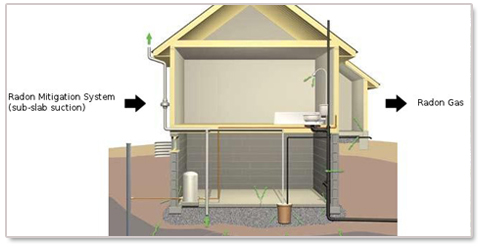
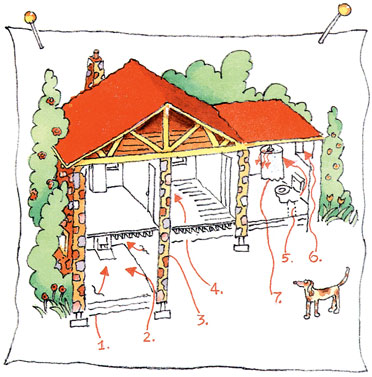
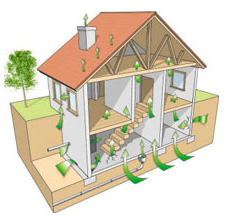

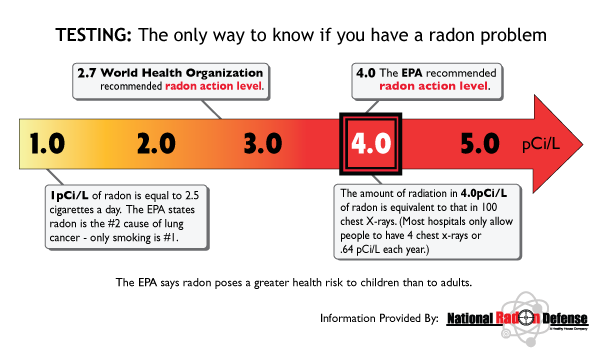
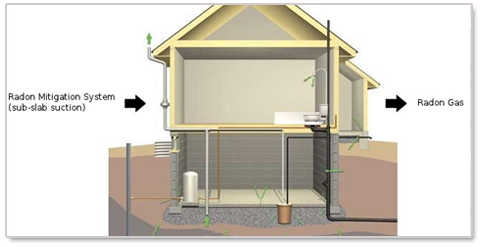 determine the best system to get this dangerous gas out of your home and keep you healthy. One way to do this is to drill a hole in your home’s foundation or slab, creating a suction point. A PCV pipe is connected through this hole and becomes a vent for the radon gas to escape. To keep a continuous flow, a fan is installed to this system. AmeriServ
determine the best system to get this dangerous gas out of your home and keep you healthy. One way to do this is to drill a hole in your home’s foundation or slab, creating a suction point. A PCV pipe is connected through this hole and becomes a vent for the radon gas to escape. To keep a continuous flow, a fan is installed to this system. AmeriServ